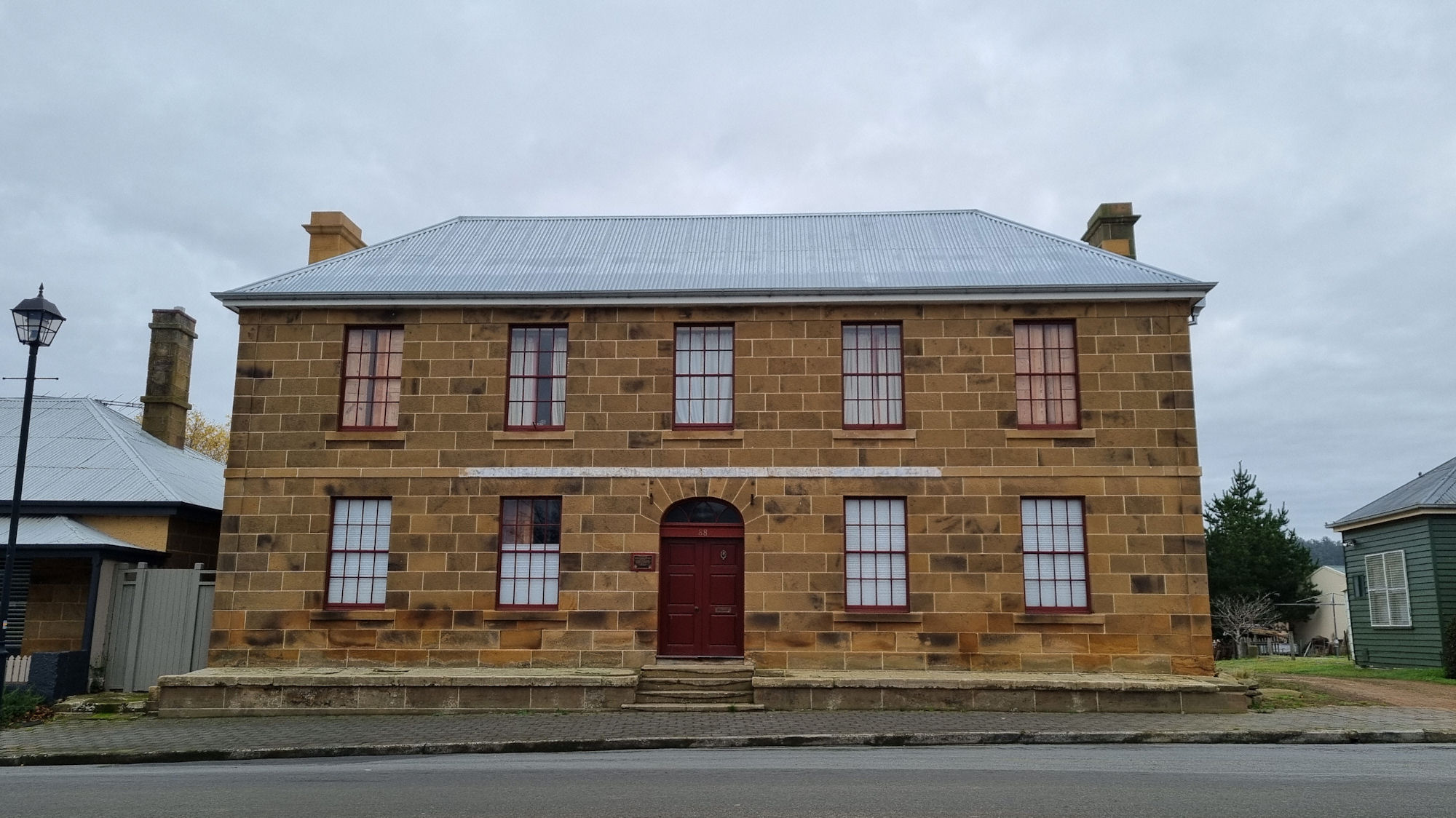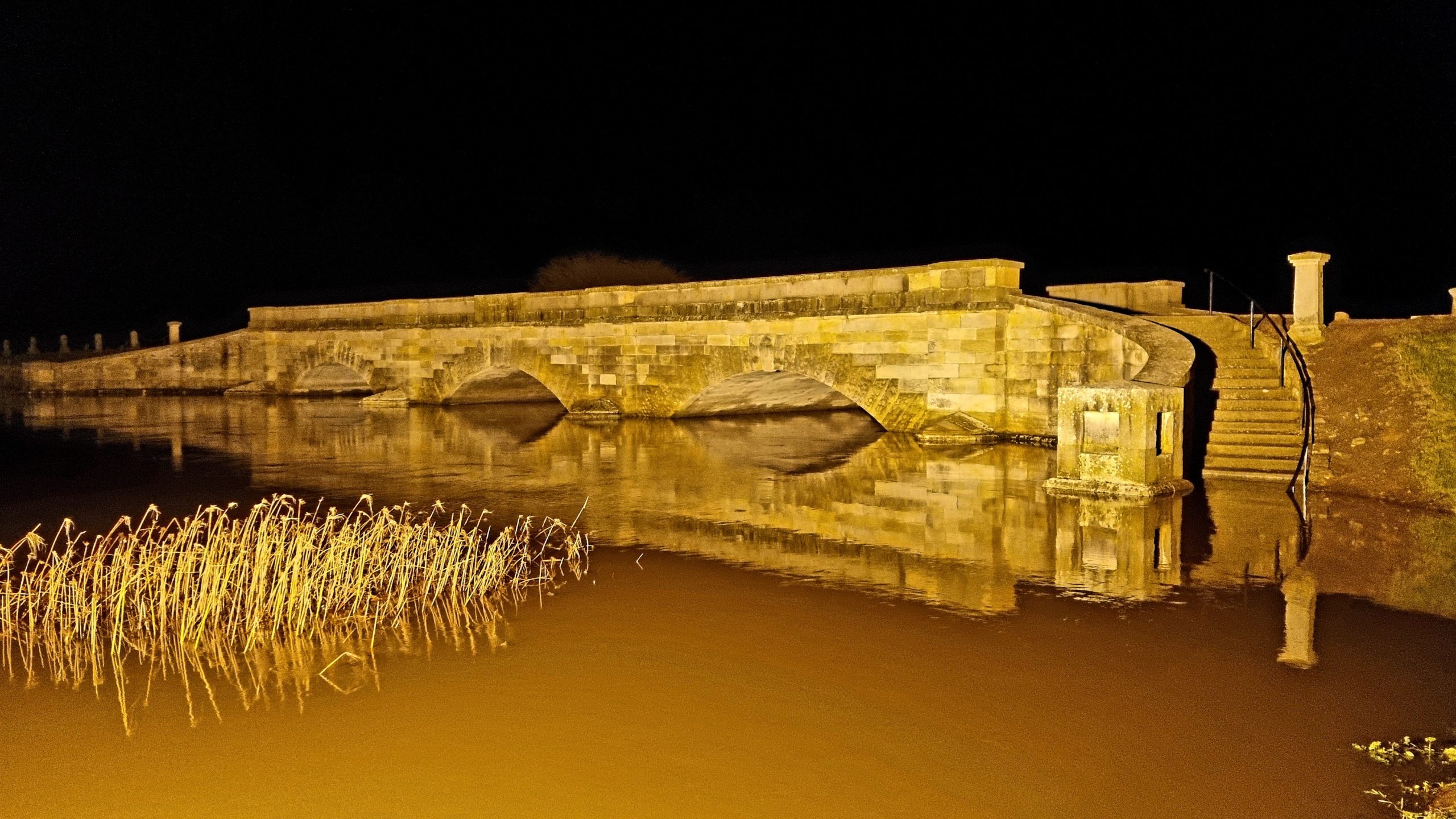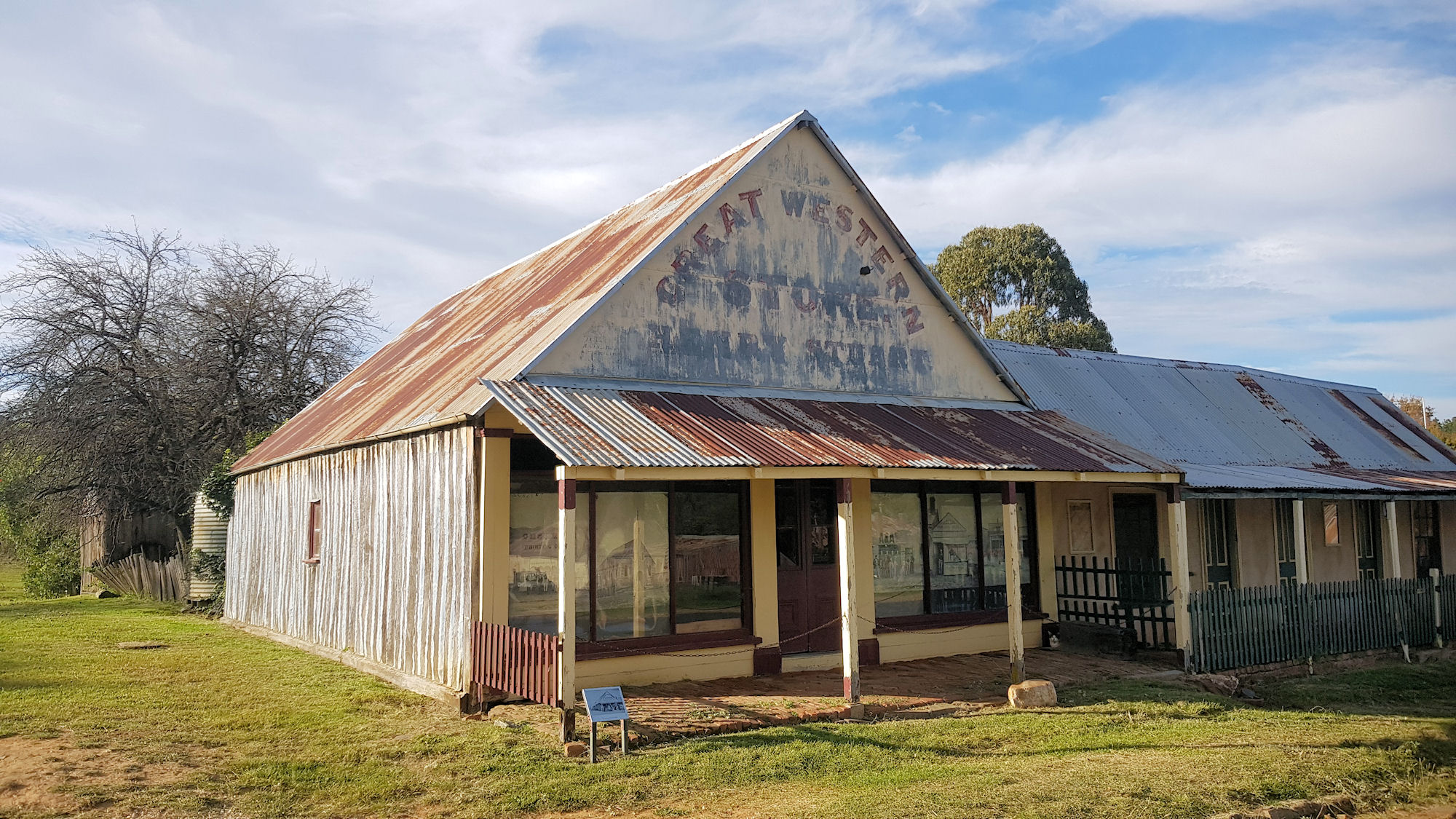Category: House
-
Oatlands Convict Buildings Tasmania

Oatlands Only one hour north a Hobart, or 90 minutes south of Launceston, Oatlands has an almost untouched Georgian townscape. We drove through on our way to Bruny Island from Ross early in the morning, so not much was open. After getting our morning coffee, we walked along the main street admiring the old sandstone… Read more
-
Ross a Historic 19th Century Tasmanian Village

Ross Tasmania Built by convict labour in the early 1800s, Ross is a wonderfully preserved 19th century village full of old buildings and history. How to Get There Ross is about a one-hr drive (78 km) south from Launceston and a 90-min drive (121 km) north from Hobart. Ross Bridge Probably the most famous structure… Read more
-
Hill End Historical Gold Mining Town

Hill End A gold rush in the 1870s turned Hill End from a small rural village into one of the largest inland towns in New South Wales. When the boom finished, the town reverted back to a small village, however unlike other boom / bust towns many of the historic buildings remain. Now heritage listed,… Read more